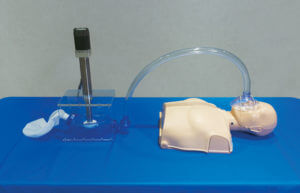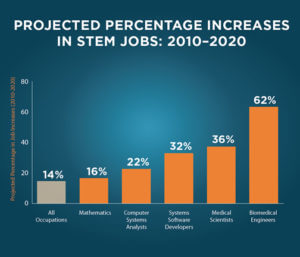
Automating the squeeze: Tolomatic prototype improves on hand-held emergency ventilator for COVID-19 patients
Our prototypes use electric linear actuators to automate a hand-held, portable and non-invasive emergency ventilator. The advantage of screw-driven linear actuators is that they provide smooth and consistent operation--allowing the device to control the velocity, the acceleration and the distance of any move at any point in time. This controlled motion allows for a more continuous volume of air per compression cycle and a more typical breathing cycle.

Developing a strong industrial automation team
Panic’s in the air surrounding industrial automation employment, from engineering to production. While we don’t subscribe to the panic, we’re part of the automation universe so we face similar challenges. We design and manufacture electric and pneumatic linear actuators and motion control, so we need a wide variety of technical expertise from machinists, assemblers, technicians, quality control, engineers and more. We’re always working hard to attract and keep good people for our team.
Here’s how we’re approaching the issues of hiring and retaining great employees. We hope our practices can help you.

Supporting STEM education
Science, technology, engineering, and mathematics (together known as STEM) impart valuable life skills. STEM subjects teach students how to gather and evaluate evidence, make sense of information, and use new insights and knowledge to find solutions to complex problems.

Mechatronics, electric linear actuators and control system design
If you’ve been around engineering, you’ve probably heard the term “mechatronics” used to refer to a design process that blends mechanical engineering, electrical engineering, telecommunications engineering, control engineering, and computer engineering. Mechatronics is a multidisciplinary approach that rejects splitting engineering into rigidly separate fields. Originally, mechatronics just included mechanics and electronics; however, as technical systems have become more complex the word has been broadened to include more technical areas.

 Ask an Engineer
Ask an Engineer